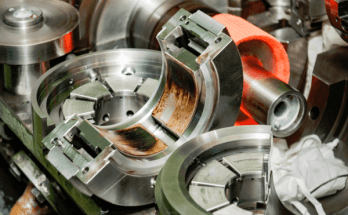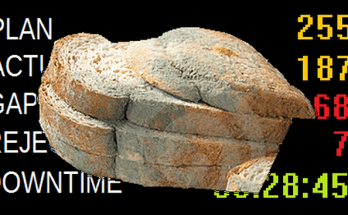LEAN manufacturing definition, and terms used in it – a brief explanation
Lean manufacturing or lean production, shortened to Lean, is the systematic elimination of waste (‘Muda’) within a manufacturing system. The Lean manufacturing definition is derived from the Toyota Production System. Lean is centered on reducing anything that does not add value. ‘Value’ is any action or process that a customer will be willing to pay for. E.g., inspection and setup are necessary in manufacturing, but do not add value because the customer is not willing to pay for them. They are therefore waste.
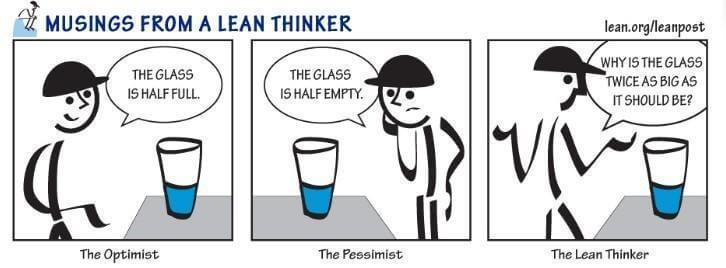
Toyota Production System (TPS) concentrates on eliminating 3 types of waste, the Japanese words for which are: Muda, Mura, Muri. Muda means waste, uselessness or idleness.
Muda Type – I : Necessary non value-added activity (e.g, Inspection, setup).
Muda Type -II : Unnecessary non value-added activity (e.g., inventory costs).
TPS lists 7 types of Muda:
1. Transport – moving products that are not actually required for a process
2. Inventory – all parts, work in process and finished parts not being processed
3. Motion – people or equipment moving or walking more than required for the process
4. Waiting – waiting for the next step in production
5. Overproduction – producing more than demand
6. Over processing – producing to higher accuracy, finish, etc. than required by customer
7. Defects – effort involved in inspecting and fixing defects
Mura means unevenness or irregularity. Mura is avoided through a Just in Time (JIT) system.
Muri means unreasonableness, or beyond one’s power. E.g., carrying heavy weights, dangerous tasks, even working significantly faster than usual. It is pushing a person or a machine beyond natural or designed limits. This generally causes variations in a process.
Etc
Reptile poop vs. mammal poop – the difference
About a decade ago I used to volunteer in a wildlife rehabilitation centre on weekends. When I started, I was assigned the job of cleaning the cage of a large drug addict python. It had been rescued from a snake charmer, and snake charmers feed pythons opium to keep them drugged and docile.
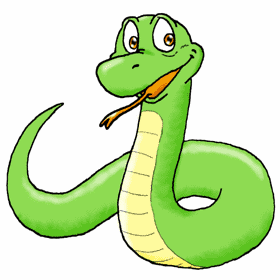
Pythons are not poisonous, but they have sharp teeth and very strong jaws, and can inflict serious wounds. Hence the opium. I think (though I don’t remember the specifics now) the effect of the opium lasted for many weeks. There were other pythons in other cages, that had been rescued from people, injured by vehicles, etc. These had all their wits about them, and so their cages could only be cleaned by experienced people (and not a newbie like me).
Ok, after that digression, here I am back to my main point, which is that this is where I learnt that reptile poop is very different from mammal poop. It has a dark coloured part, and a white part. The dark coloured part is the actual faeces, while the white one is called urates. It is the equivalent of urine in a mammal. Snakes and lizards are very good at conserving whatever water they get from their food, and do not secrete liquid urine. They can go their entire life without drinking any water.
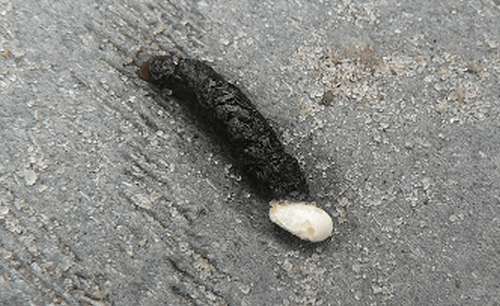
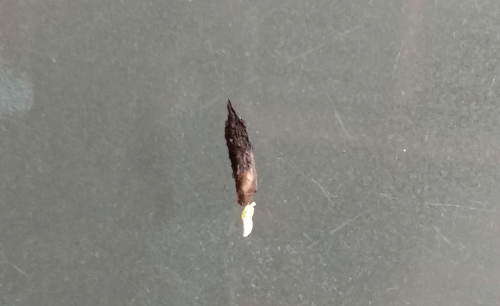
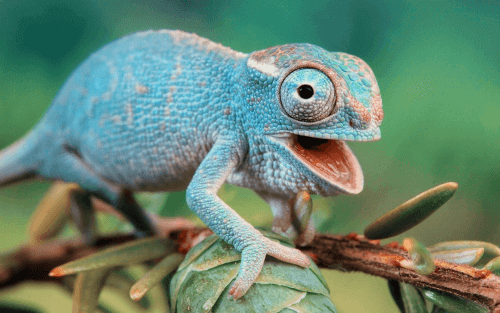
Snakes and lizards are called squamates (from the Latin word Squamatus, which means scaly), by the way. They are distinguished by the scales or shields on their body.
Warning: If you propose to use this gyan in dinner party conversations, please do so only after everyone is drunk.

